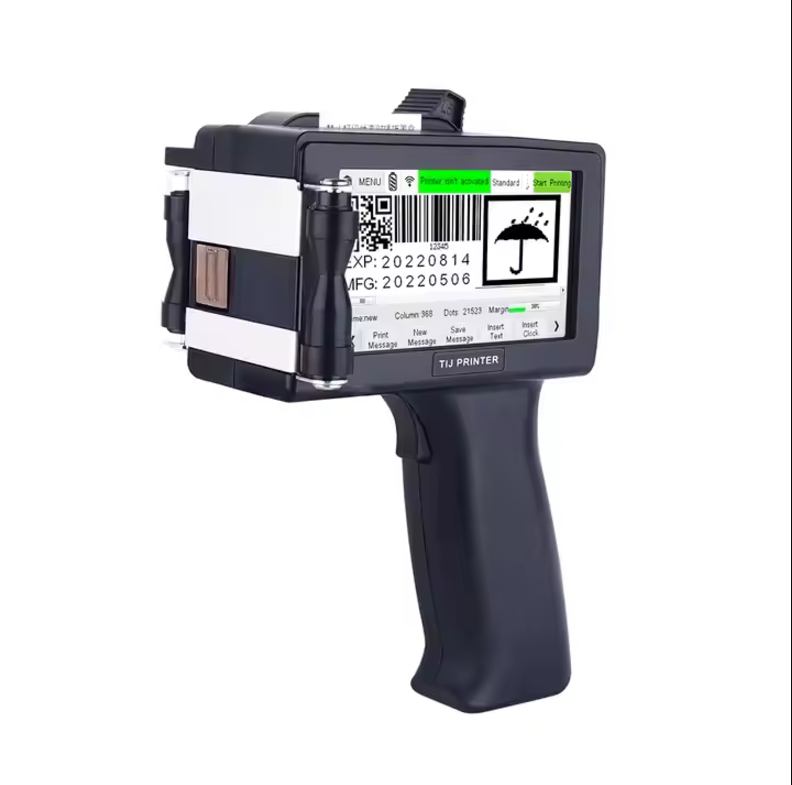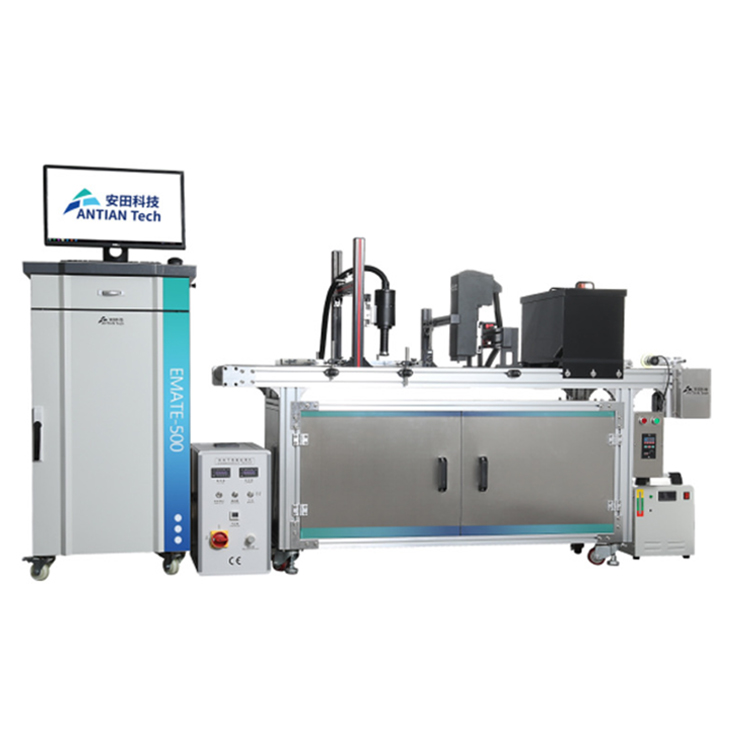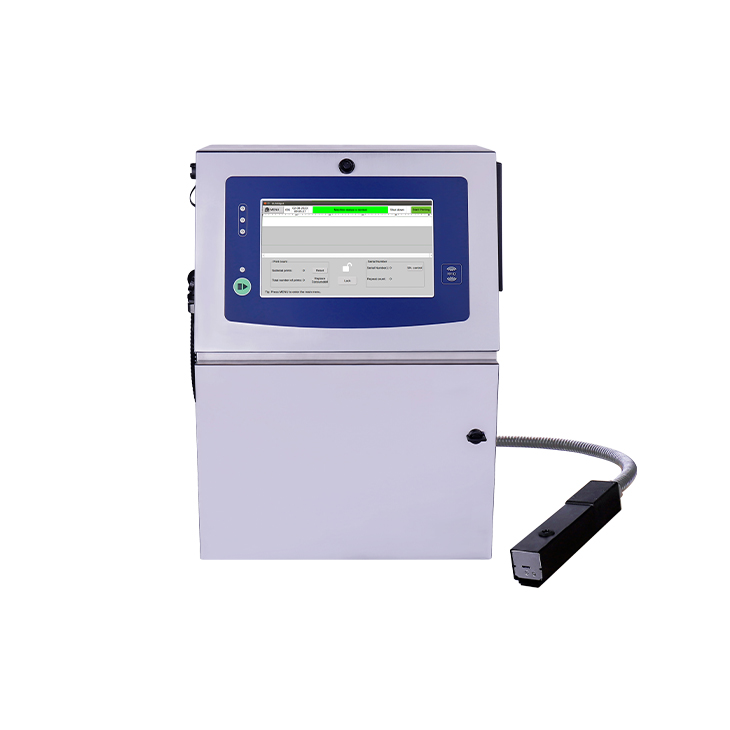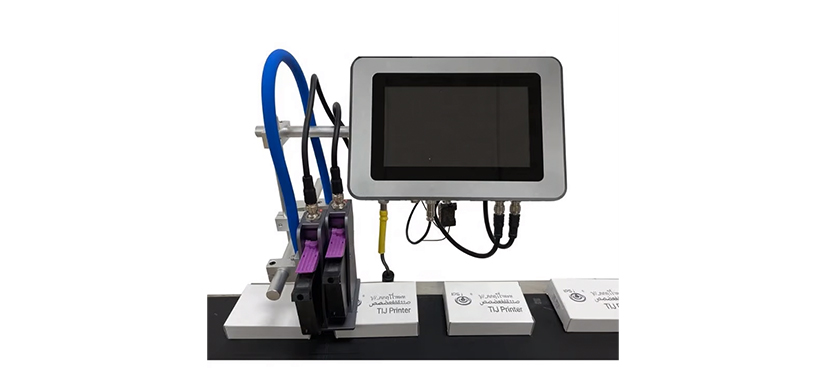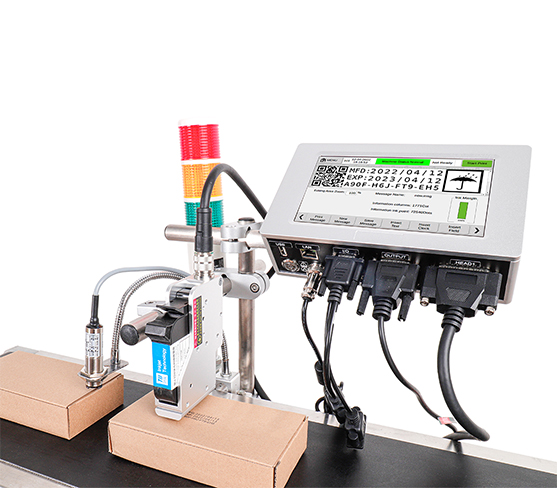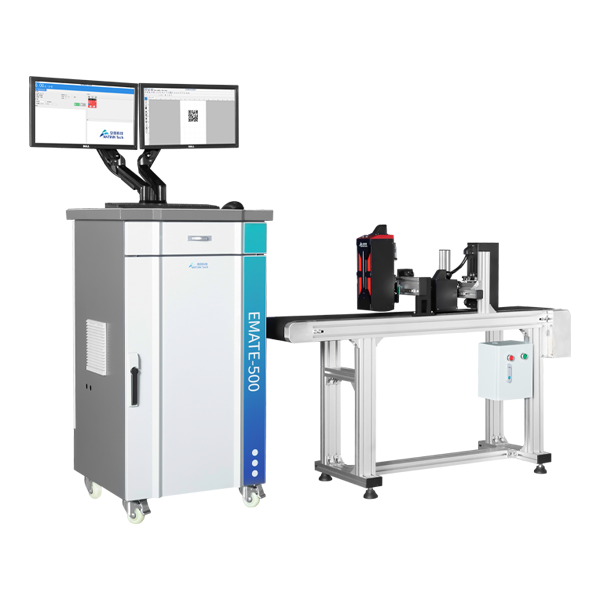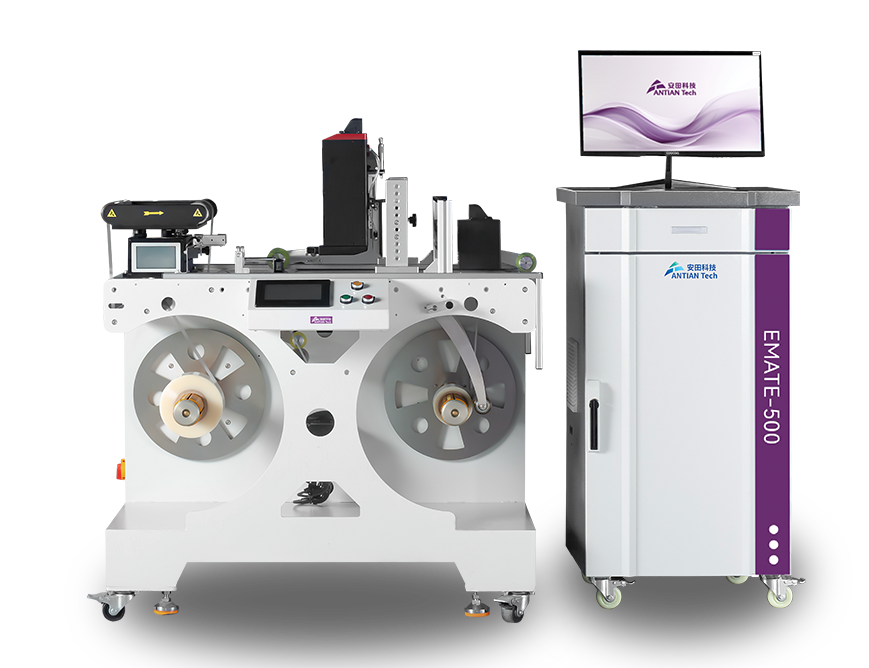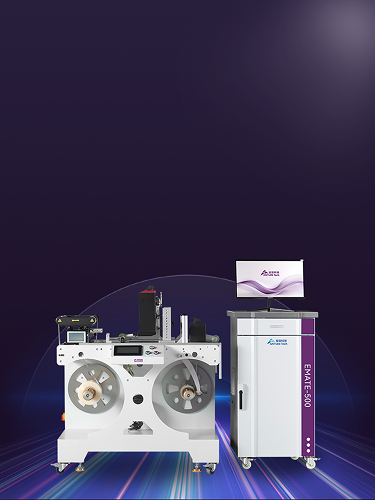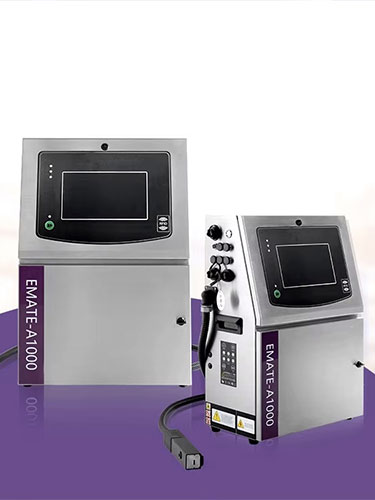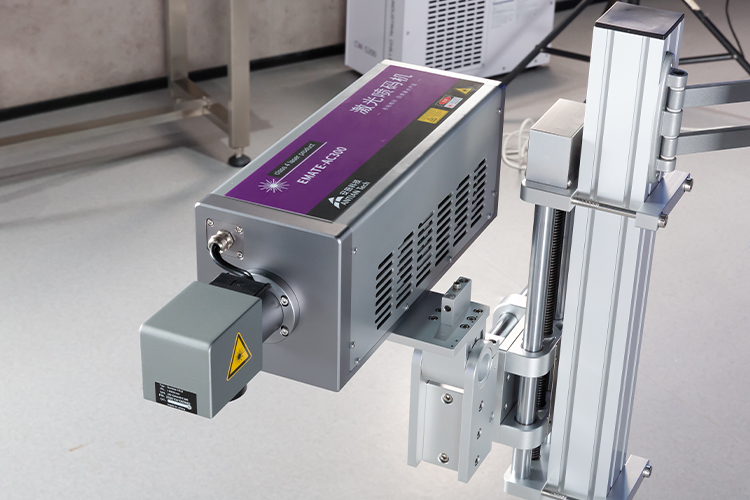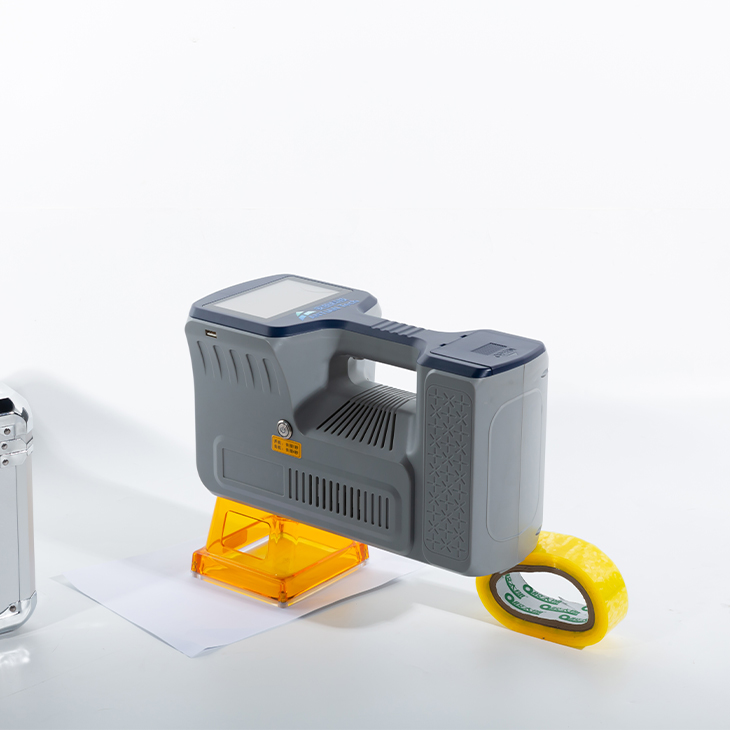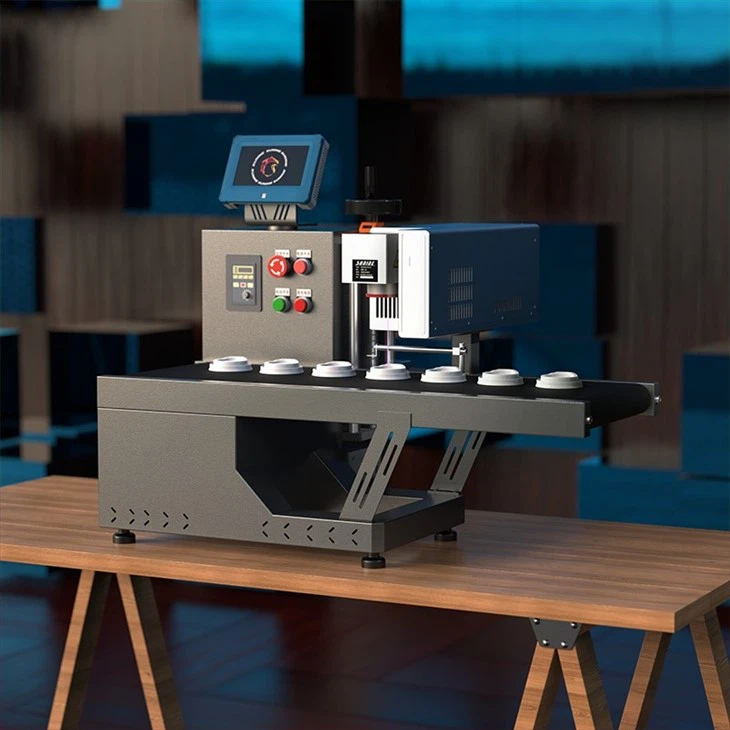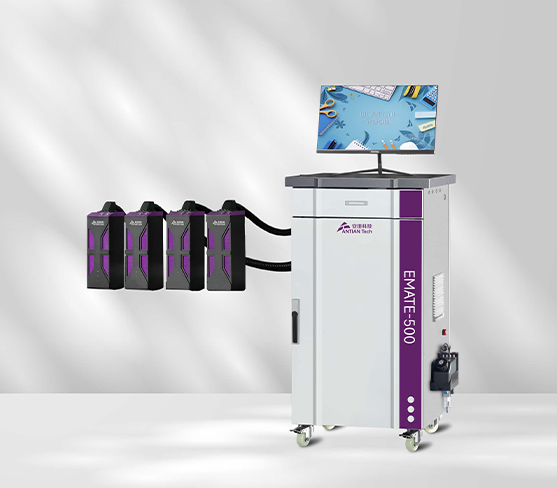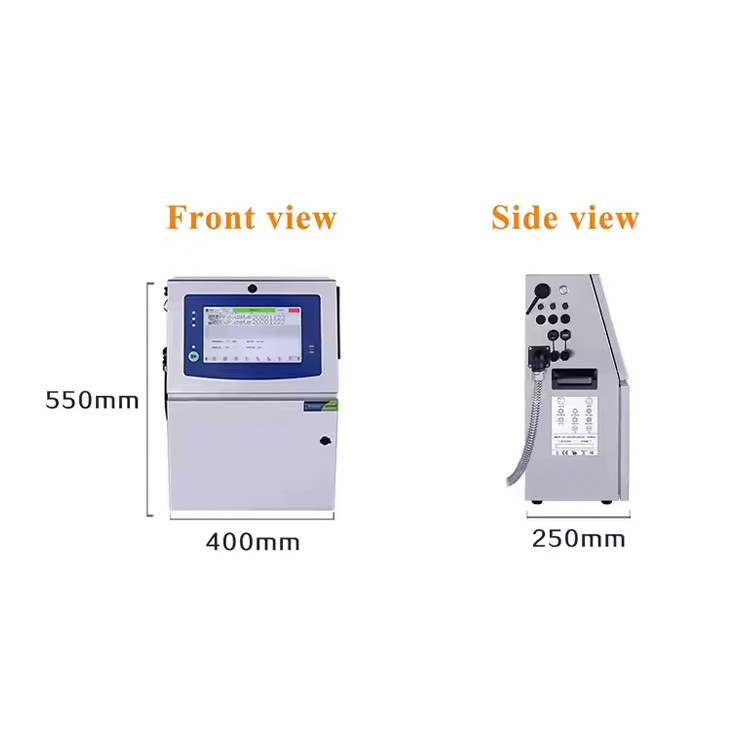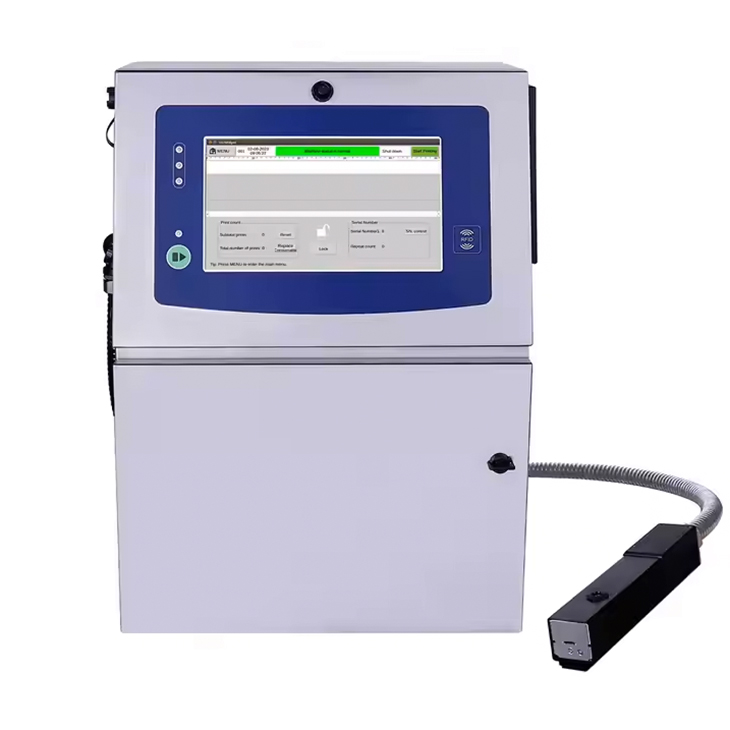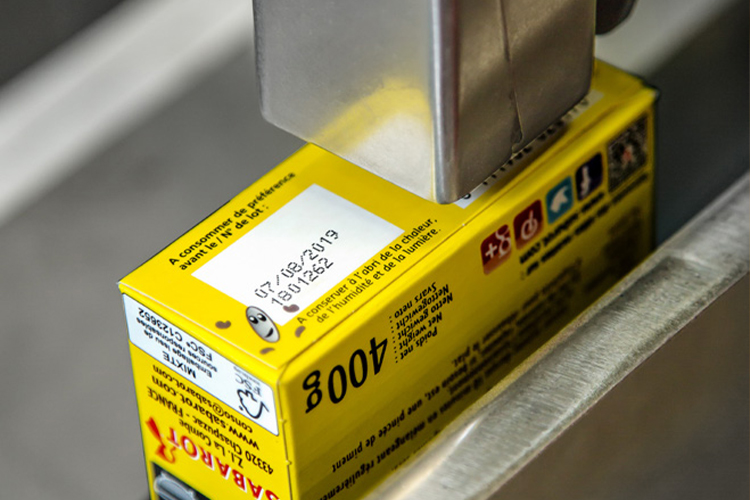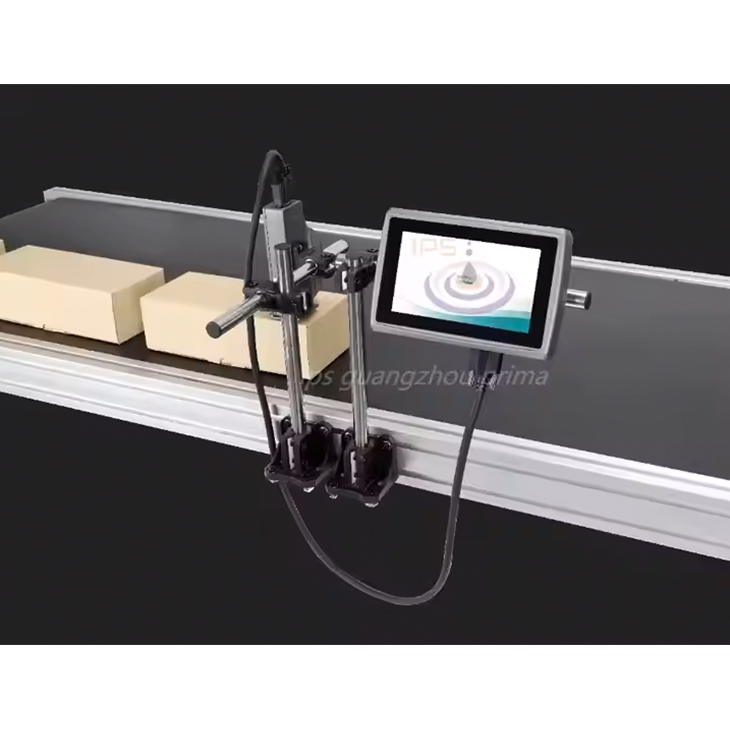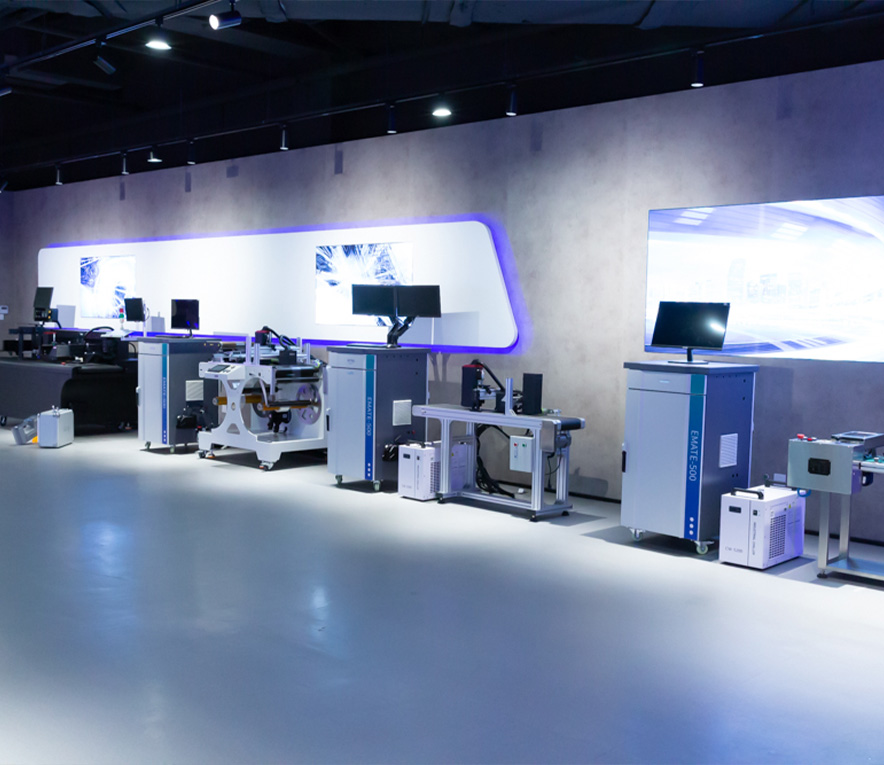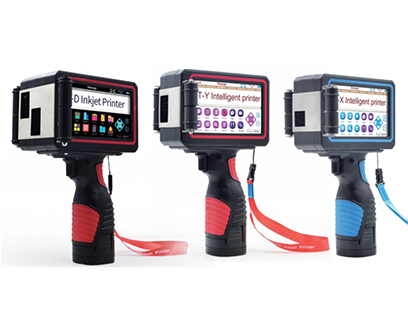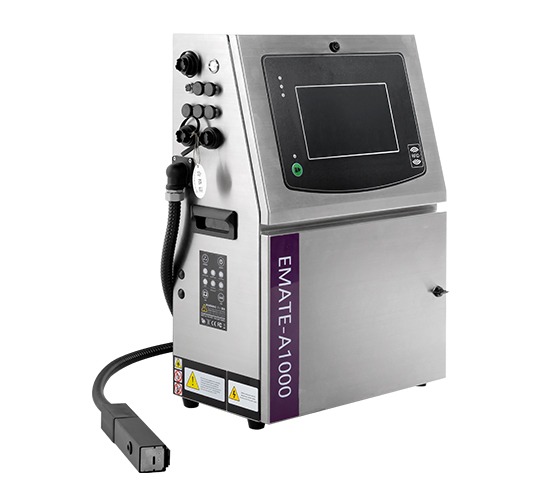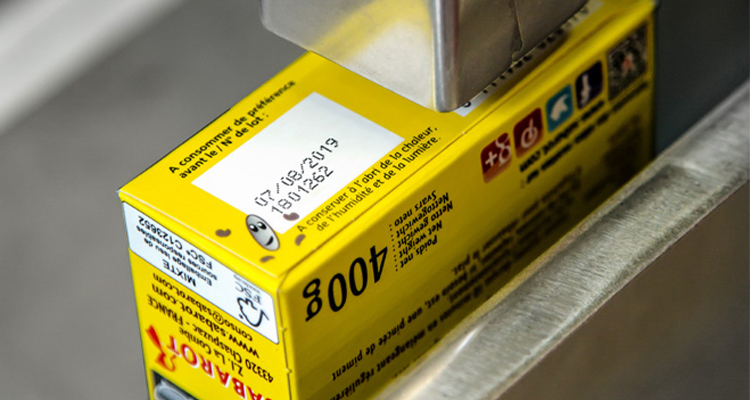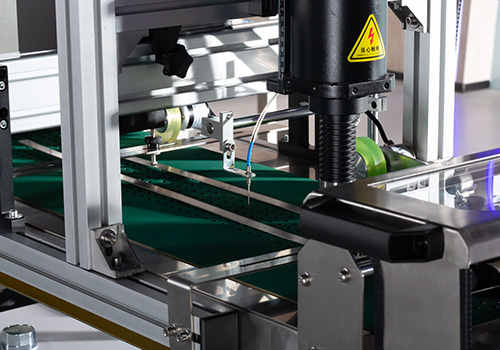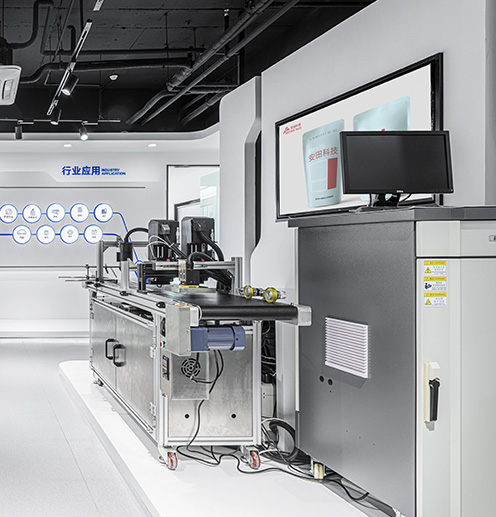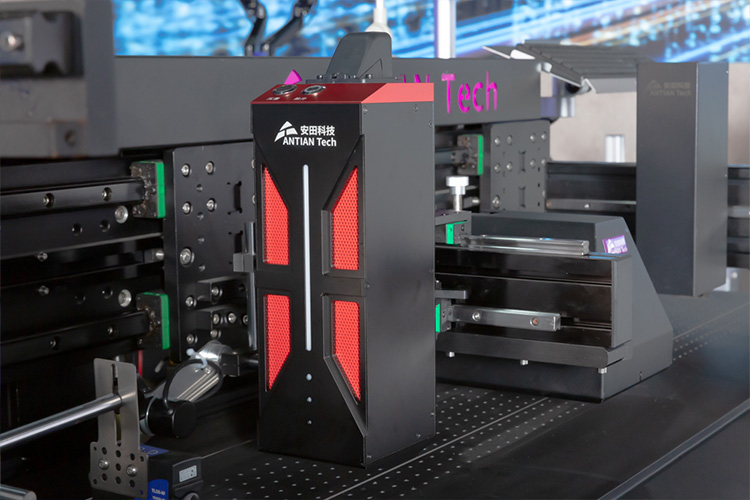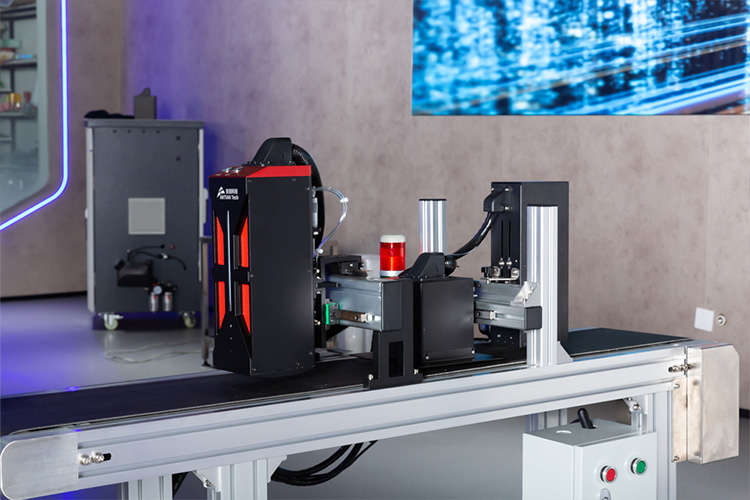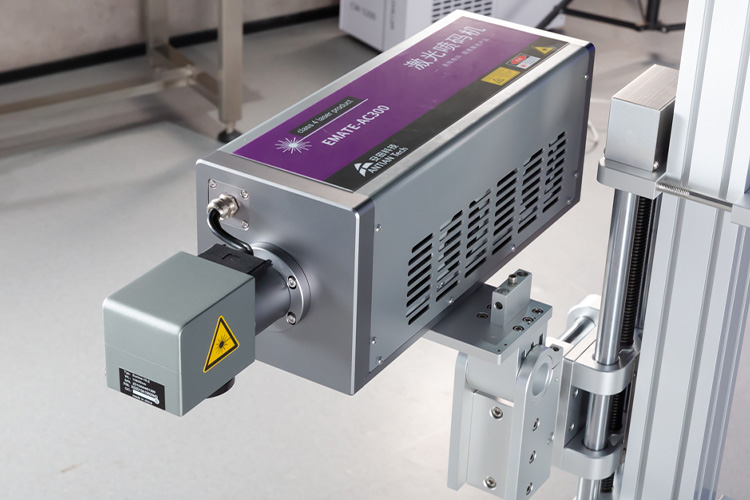Handheld Thermal Inkjet Printer: The Comprehensive Guide
Delve into the fundamental aspects of handheld thermal inkjet printers, exploring their operating principles, key features, practical benefits, and diverse applications.
In today's rapidly evolving industrial and commercial landscapes, businesses are constantly seeking innovative printing solutions that combine efficiency, portability, and versatility. Among these emerging solutions, the handheld thermal inkjet printer has gained significant popularity as a compact, user-friendly, and cost-effective device for on-the-spot printing. Whether it's for product labeling, packaging, batch coding, or barcoding, a thermal inkjet printer handheld device provides the flexibility to print directly on various surfaces without requiring extensive equipment setups.
This comprehensive guide will delve into the fundamental aspects of handheld thermal inkjet printers, exploring their operating principles, key features, practical benefits, and diverse applications. Additionally, we will provide essential considerations for selecting the right thermal inkjet printer handheld model to meet specific business needs.
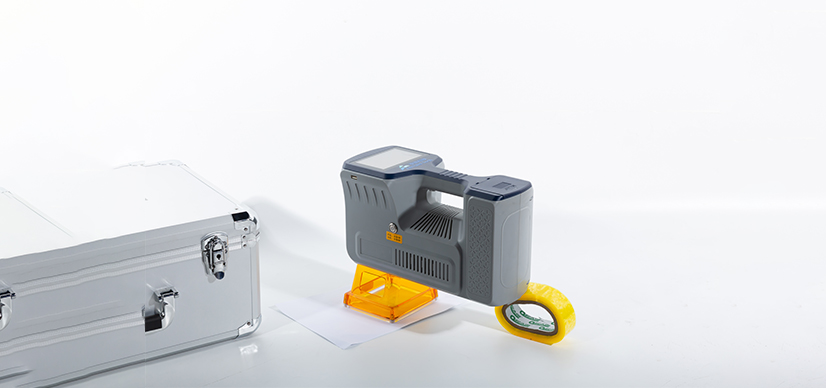
What is a Handheld Thermal Inkjet Printer?
A handheld thermal inkjet printer is a portable, battery-powered device designed to print high-quality text, graphics, barcodes, QR codes, and other essential information directly onto various surfaces. Unlike conventional printers, which are typically stationary and require dedicated workspaces, these handheld devices are compact and designed for immediate use on production lines, warehouses, or retail settings.
Thermal inkjet printers operate using thermal inkjet technology, a printing method that involves heating the ink to form micro-droplets, which are then ejected through tiny nozzles to create precise, high-resolution prints. The ink droplets are accurately positioned to form text, images, or codes, ensuring clear and legible output. The portability and user-friendly design of handheld thermal inkjet printers make them an ideal choice for businesses seeking quick, reliable, and mobile printing solutions.
How Does a Thermal Inkjet Printer Handheld Work?
The working mechanism of a thermal inkjet printer handheld is centered around its compact yet highly efficient components:
- Ink Cartridge: The ink cartridge is a critical component that houses the ink and is typically replaceable or refillable. It contains thermal elements that heat the ink to create droplets.
- Print Head: The print head consists of an array of microscopic nozzles that eject ink droplets onto the printing surface. Advanced print heads can support multiple ink types, including water-based, solvent-based, and UV-curable inks, enabling versatile printing.
- Control Panel: Most thermal inkjet printer handheld models are equipped with a control panel featuring buttons, touchscreen displays, or both. The control panel allows users to configure printing settings, input data, and monitor printing progress.
- Battery Pack: A rechargeable battery pack powers the printer, ensuring portability and uninterrupted operation in areas without direct power access. Modern models offer extended battery life for prolonged use.
- Display Screen: A built-in display screen provides real-time information on ink levels, print status, error notifications, and other essential data. Some advanced models also feature Wi-Fi or Bluetooth connectivity for wireless data transfer.
Upon activation, the printer receives data input from the user or a connected device. The ink is then rapidly heated to form vapor bubbles, which propel the ink droplets through the nozzles and onto the target surface. This precise control over ink ejection results in sharp, detailed prints, making thermal inkjet printers suitable for printing barcodes, batch numbers, and expiration dates.
Advantages of Handheld Thermal Inkjet Printers
Handheld thermal inkjet printers offer a range of practical advantages that contribute to their widespread use across various industries:
- Portability and Convenience: Lightweight and ergonomically designed, these printers can be easily carried to different workstations or locations, enabling on-demand printing without bulky equipment.
- High-Resolution Printing: Thermal inkjet technology delivers crisp, clear text and images, with resolutions typically ranging from 300 to 600 DPI (dots per inch), ensuring accurate and legible prints.
- Cost-Effective: Unlike large industrial printers, handheld thermal inkjet printers are more affordable to purchase and maintain. Additionally, they require minimal setup and operational costs.
- Versatile Ink Compatibility: Many handheld models support multiple ink types, including quick-drying and UV-resistant inks, allowing for printing on diverse surfaces such as cardboard, metal, plastic, and glass.
- User-Friendly Operation: With intuitive interfaces, easy-to-replace cartridges, and minimal training requirements, handheld thermal inkjet printers are accessible to operators of all skill levels.
- Environmentally Friendly: Modern thermal inkjet printers utilize ink cartridges with reduced waste and lower emissions, contributing to sustainable printing practices.
Applications of Thermal Inkjet Printers Handheld
Handheld thermal inkjet printers are widely employed across various industries due to their flexibility and practicality. Key application areas include:
- Manufacturing: Printing batch numbers, serial codes, and production dates directly onto products or packaging to ensure traceability and quality control.
- Logistics and Warehousing: Labeling cartons, shipping boxes, and pallets with barcodes, QR codes, and handling instructions to streamline supply chain processes.
- Retail: Marking price tags, promotional labels, and discount offers on products, enabling quick updates and adjustments.
- Healthcare and Pharmaceuticals: Printing expiration dates, lot numbers, and regulatory information on medical supplies, pharmaceuticals, and packaging to maintain safety and compliance.
- Construction and Industrial Settings: Marking pipes, cables, and electrical components with identification codes and safety labels to ensure proper installation and maintenance.

Choosing the Right Handheld Thermal Inkjet Printer
Selecting a suitable thermal inkjet printer handheld model requires considering several key factors to align with specific business needs:
Printing Resolution: Higher DPI settings provide clearer, more detailed prints, essential for small text and intricate graphics.
Battery Life and Charging Options: Opt for models with long-lasting batteries and quick charging capabilities to minimize downtime during high-volume printing tasks.
Ink Cartridge Compatibility: Determine the ink types supported by the printer, such as water-based, solvent-based, or UV-curable inks, to accommodate different surfaces and environmental conditions.
Data Input and Connectivity: Advanced models offer multiple data input options, including USB, Bluetooth, Wi-Fi, and app-based interfaces, enabling seamless data transfer and remote printing.
Durability and Build Quality: For industrial use, consider rugged models with shock-resistant casings, dust-proof seals, and extended temperature tolerance to withstand harsh operating conditions.
Conclusion
Handheld thermal inkjet printers represent a versatile, portable, and cost-effective printing solution for businesses across various sectors. By understanding the technology, components, advantages, and application areas of these devices, businesses can make informed purchasing decisions and leverage the full potential of thermal inkjet printer handheld models to optimize printing efficiency, accuracy, and operational flexibility.












